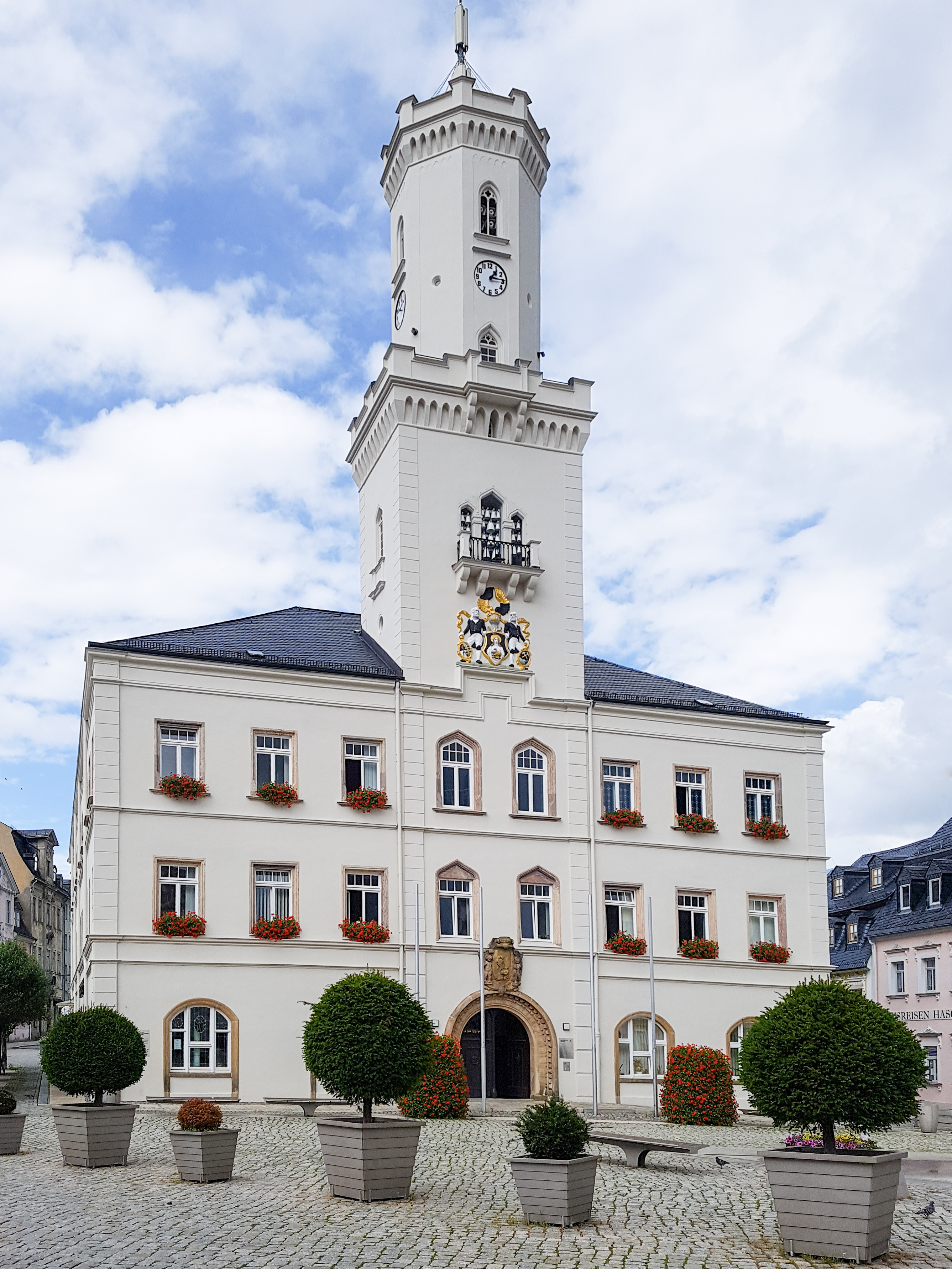|
Schneeberg Lace
Schneeberg lace is a bobbin tape lace. The tape is made with bobbins at the same time as the rest of the lace, curving back on itself, and joined using a crochet hook A crochet hook (or crochet needle) is an implement used to make loops in thread or yarn and to interlock them into crochet stitches. It is a round shaft pointed on one end, with a lateral groove behind it. The point eases the insertion of the hook .... This type of lace is developed about 1910 in Schneeberg. References Bobbin lace {{textile-arts-stub ... [...More Info...] [...Related Items...] OR: [Wikipedia] [Google] [Baidu] |
Bobbin Lace
Bobbin lace is a lace textile made by braiding and twisting lengths of thread, which are wound on bobbins to manage them. As the work progresses, the weaving is held in place with pins set in a lace pillow, the placement of the pins usually determined by a pattern or pricking pinned on the pillow. Bobbin lace is also known as pillow lace, because it was worked on a pillow, and bone lace, because early bobbins were made of bone or ivory. Bobbin lace is one of the two major categories of handmade laces, the other being needle lace, derived from earlier cutwork and reticella. Origin A will of 1493 by the Milanese Sforza family mentions lace created with twelve bobbins. There are two books that represent the early known pattern descriptions for bobbin lace, ''Le Pompe'' from Venice and ''Nüw Modelbuch'' from Zürich. Bobbin lace evolved from passementerie or braid-making in 16th-century Italy. Genoa was famous for its braids, hence it is not surprising to find bobbin lace de ... [...More Info...] [...Related Items...] OR: [Wikipedia] [Google] [Baidu] |
Bobbin Tape Lace
Bobbin tape lace is bobbin lace where the design is formed of one or more tapes curved so they make an attractive pattern. The tapes are made at the same time as the rest of the lace, and are joined to each other, or themselves, using a crochet hook. The tapes are made curved, and by hand, using bobbin lace techniques. This should be distinguished from mixed tape lace, which is made using an existing straight tape, often machine made. Types of bobbin tape lace include Russian lace, Idrija Idrija (, in older sources ''Zgornja Idrija''; german: (Ober)idria, it, Idria) is a town in western Slovenia. It is the seat of the Municipality of Idrija. It is located in the traditional region of Inner Carniola and is in the Gorizia Statisti ..., Schneeberg, Milanese lace and Hinojosa lace. Bobbin tape lace is sometimes categorized as part lace. References {{lace types Bobbin lace ... [...More Info...] [...Related Items...] OR: [Wikipedia] [Google] [Baidu] |
Lace
Lace is a delicate fabric made of yarn or thread in an open weblike pattern, made by machine or by hand. Generally, lace is divided into two main categories, needlelace and bobbin lace, although there are other types of lace, such as knitted or crocheted lace. Other laces such as these are considered as a category of their specific craft. Knitted lace, therefore, is an example of knitting. This article considers both needle lace and bobbin lace. While some experts say both needle lace and bobbin lace began in Italy in the late 1500s, there are some questions regarding its origins. Originally linen, silk, gold, or silver threads were used. Now lace is often made with cotton thread, although linen and silk threads are still available. Manufactured lace may be made of synthetic fiber. A few modern artists make lace with a fine copper or silver wire instead of thread. Etymology The word lace is from Middle English, from Old French ''las'', noose, string, from Vulgar Latin *' ... [...More Info...] [...Related Items...] OR: [Wikipedia] [Google] [Baidu] |
Crochet Hook
A crochet hook (or crochet needle) is an implement used to make loops in thread or yarn and to interlock them into crochet stitches. It is a round shaft pointed on one end, with a lateral groove behind it. The point eases the insertion of the hook through the material being crocheted and the groove makes it possible to pull a loop back through the material. The shaft is then divided into a working area that determines the hook's nominal diameter and ensures the uniform sizing of the loops formed on it, and a handle. Construction Crochet appeared as a distinct textile art during the early 19th century, and many crochet hooks survive from that period. These can be sorted into two groups, the one with thin steel hooks that are set into separate handles, and the other including single-piece hooks made in a variety of materials. The distinction between steel and other hooks persists to the present day, although all are now commonly of single-piece construction. A variety of coverings ... [...More Info...] [...Related Items...] OR: [Wikipedia] [Google] [Baidu] |
Schneeberg, Saxony
Schneeberg is a town in Saxony’s district of Erzgebirgskreis. It has roughly 16,400 inhabitants and belongs to the Town League of Silberberg (''Städtebund Silberberg''). It lies 4 km west of Aue, and southeast of Zwickau. Geography Location Schneeberg lies on the Silver Road in the upper western Ore Mountains. Visible from afar is the prominent church of St. Wolfgang. The heart of the town lies on the ''Schneeberg'', which reaches 470 metres above sea level and is also the town’s namesake. Among the surrounding peaks are the ''Gleesberg'' (593 m) to the east and the ''Keilberg'' (557 m) to the north. History Schneeberg’s more than 500-year-long history has been shaped by mining more than anything else, laying the very groundwork for the town’s founding. The original silver mining also yielded cobalt and bismuth mining by the mid 16th century. When uranium mining was being undertaken between 1946 and 1958, the town’s population quickly r ... [...More Info...] [...Related Items...] OR: [Wikipedia] [Google] [Baidu] |



